

Appendicitis is characterized by inflammation of the appendix – a small, finger-shaped pouch located on the right side of the lower abdomen. Even though its exact function is unclear, some scientists believe that it has a role in immune function and acts as a storehouse of good bacteria. Size of the appendix can vary from 2 to 20 cm. The presentation of patient depends on its position – retrocaecal (behind the caecum) being the most common, followed by pelvic (tip of the appendix towards down). The appendix can become inflamed due to a blockage or infection. This blockage can be because of fecalith (small hardened piece of stool), foreign bodies, an overgrowth of lymphoid tissue, worms or tumour. Once blocked, bacteria rapidly multiply inside the appendix, leading to swelling, infection and can even rupture (serious complication) if not diagnosed and treated promptly. Acute appendicitis is considered as medical emergency and early diagnosis with appropriate treatment is crucial to prevent potential life-threatening complications.
Whereas there is also a rare entity of chronic appendicitis, in which the symptoms may be milder and may come and go over several weeks/ months or even years.
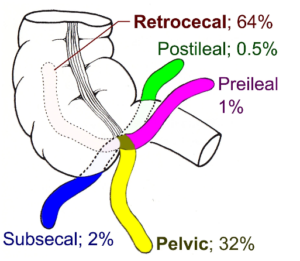

Typical presentation of appendicitis is sudden pain in abdomen, usually starts at the level of umbilicus (naval) and shifts and localises to right lower abdomen. However, in severe cases with life-threatening complications, pain can be diffuse along with other associated symptoms and signs of sepsis. Other associated symptoms of appendicitis can be as follows –
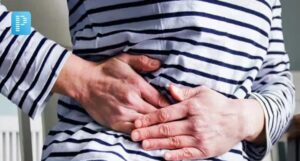
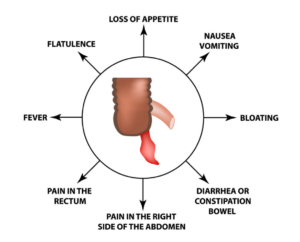
Diagnosing appendicitis and its severity is a combination of proper medical history along with physical examination, blood investigations to check the status of infection and imaging studies like ultrasonography or CT scan to confirm the inflamed appendix and any complications associated with it like formation of lump (due to localisation of infection by adhesions between bowel), ruptured appendix with intra-abdominal abscess, peritonitis, etc. Because symptoms mimic other medical conditions prompt diagnosis and early treatment is necessary to prevent unnecessary complications.
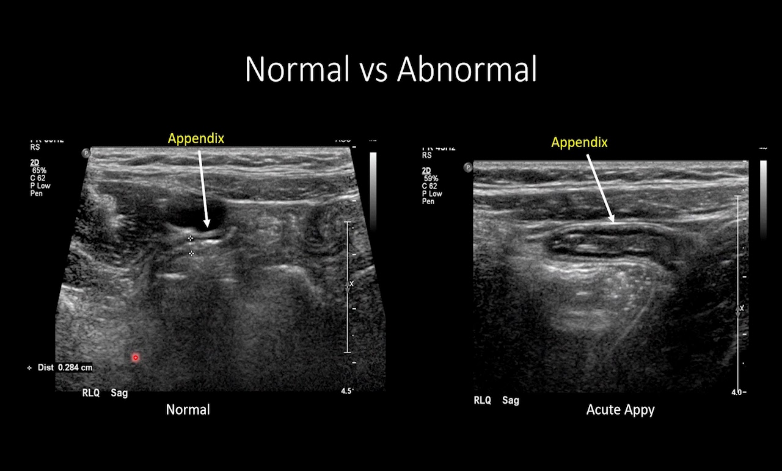
Treatment includes both surgical and non-surgical (medical or conservative) interventions depending upon the severity of disease, clinical condition of patient and the time of presentation.
Appendectomy or Appendicectomy is the standard method for treating appendicitis. It can be performed using one of two main techniques:
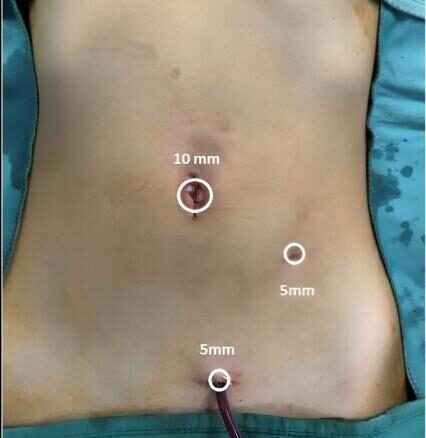
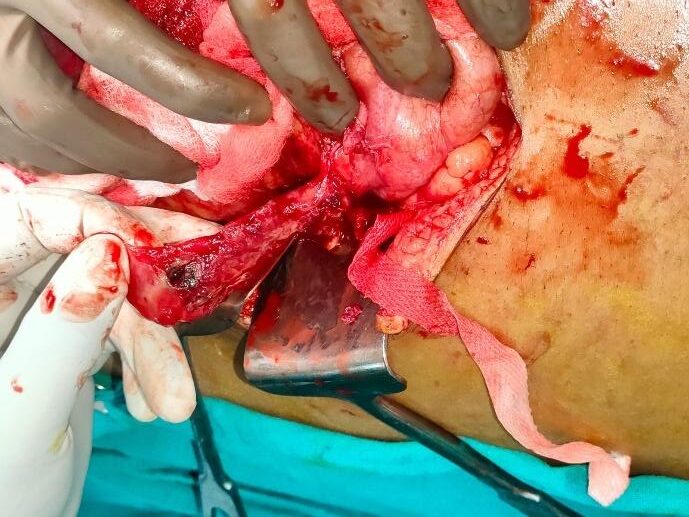
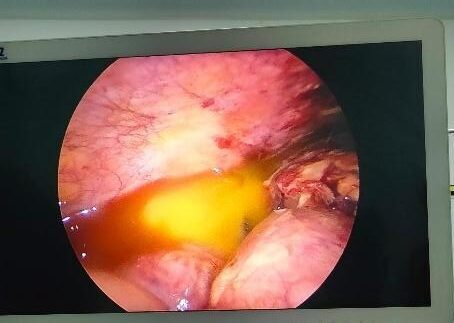
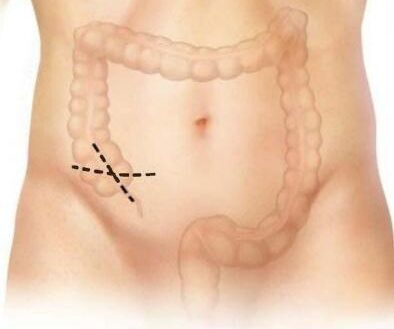
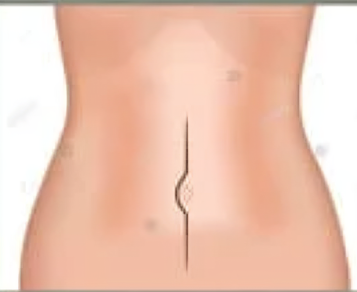
It is less common and only reserved for patients having very mild symptoms (sub-acute appendicitis) or patient presented late to the hospital. When patient presented after 48-72 hours of acute onset of symptoms and the physicians are able to palpate the lump in right lower abdomen – this indicates the formation of appendicular mass to localise the infection (protective phenomenon by body). In such patients, management is IV antibiotics and reassess the response and improvement. These patients are posted for surgery after 6-8 weeks following conservative management.
After the surgery, patients are provided with specific recovery instructions to aid in better healing:
It is crucial to take medical seek in case of sudden onset of abdominal pain. Early diagnosis of appendicitis and appropriate treatment is necessary to prevent life threatening complications like rupture and peritonitis. For prompt evaluation and effective treatment, consult our expert team members at “Vizag Surgicare”.
Mobile No 1 : +91-77029 50513
Mobile No 2 : +91-9848638615
Mobile No 3 : +91-9849239213
First Floor, Mohan Medical Shop, Seethammadhara (NE), Visakhapatnam-530013
info@vizagsurgicare.com
WhatsApp us